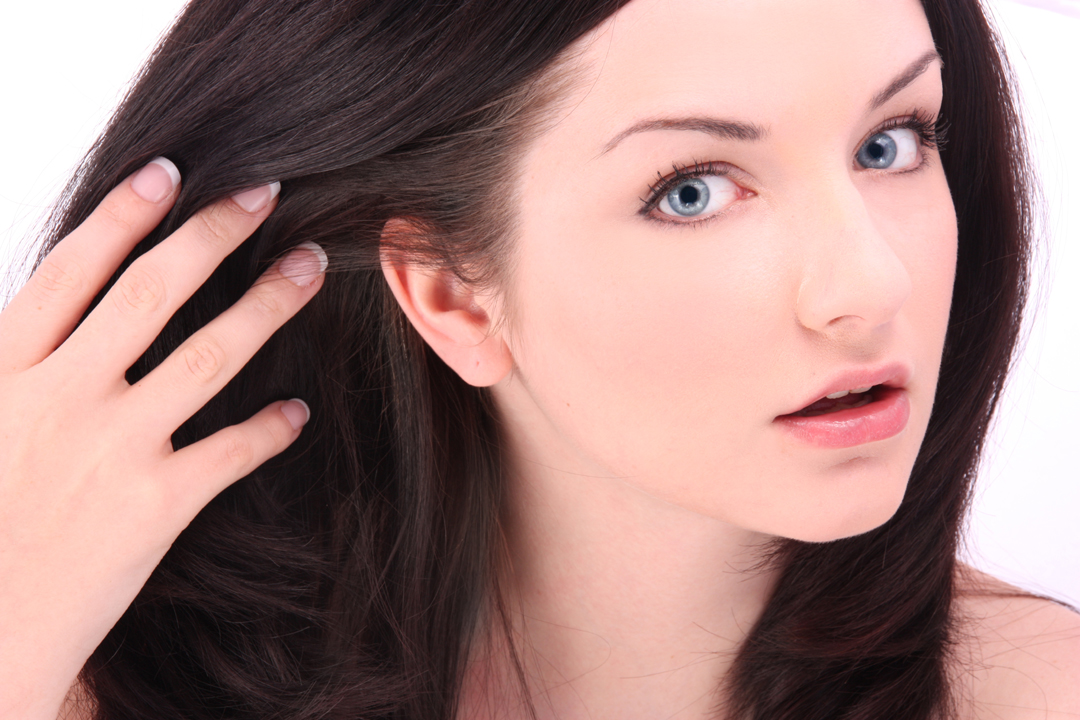Hair Replacement System Ventilation, simply put, is the method of attaching hair to the system; and the most popular methods are injection, knotting and looping.
Injection and looping are both used for skin bases: they provide a very authentic-looking head of hair, especially from the top, and evoke the look of actual hair growing on the scalp. On the other hand; knotting is the common method for of ventilation for lace-based systems, but may be used with skin-based systems as well. Here’s the lowdown on these ventilation methods:
Injection – This method requires a thick base, and is often used for Remy systems. The hair is sealed tightly between layers of polyurethane and silicone, so you really need a thicker base for Injection. The beauty part? No tangling, or the dreaded “hair return”.
Looping – Looping can be done using a thinner “skin” layer. This method sews the hair straight through the base, either in a “U” or a “V” pattern. Although the thinner skin means a better front hairline, this method is prone to hair return. Also, this method isn’t as strong as your typical hair injection.
Knotting – Commonly used for Lace bases, Knotting (as the name suggests) involves tying the hair to the Lace’s monofilament material. Use Single knots for “slicked back” or flat hair, Double knots for more density and volume, Half/Split knots for slick back hair with some lift, and Bleached knots for that authentic-looking hair-growing-from-the-scalp look.Nuvida Hair Replacement Studio Salon provides professional Non-Surgical Hair Replacement Systems to keep you looking your best. Contact us online for your questions or for more information.

